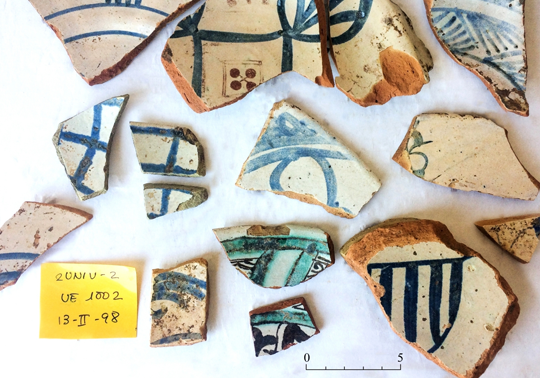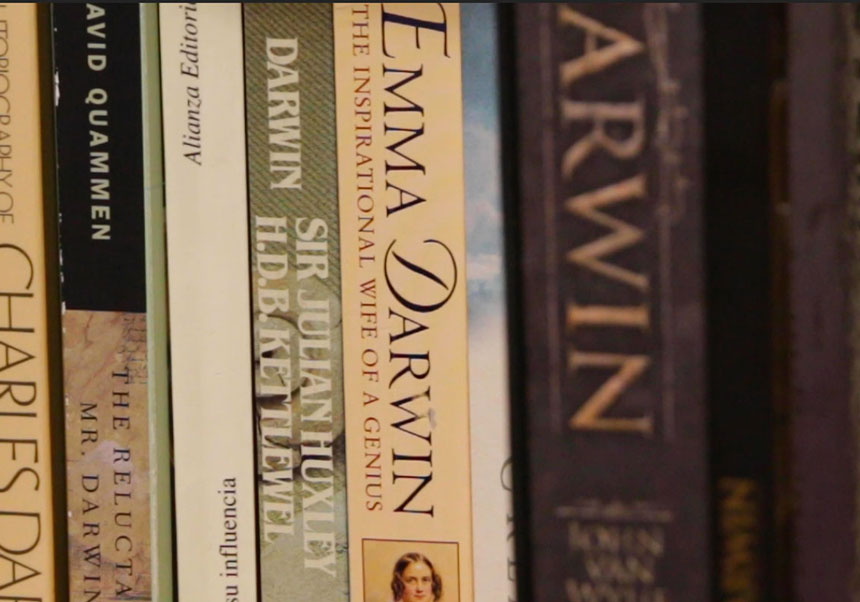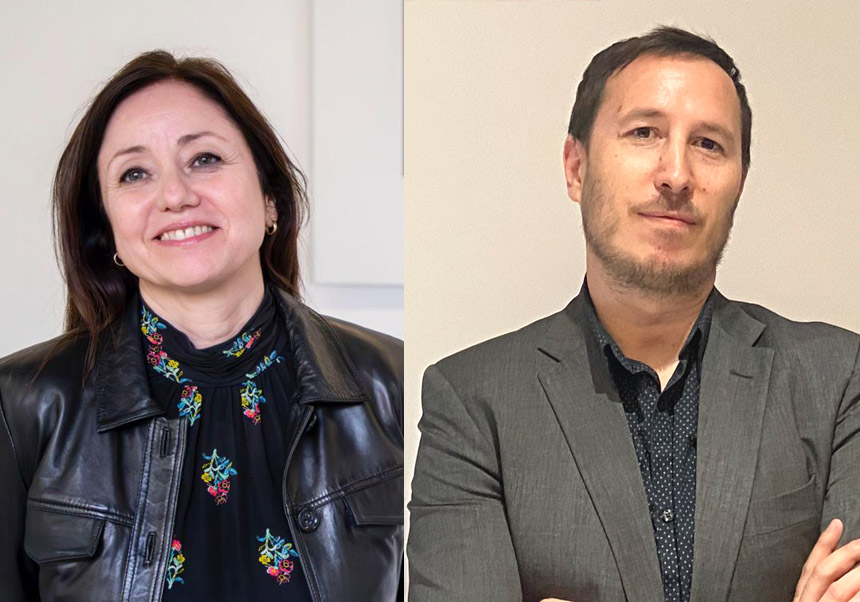The subsoil of La Nau hides thousands of archaeological fragments which allow the reconstruction of the Valencia’s history
- August 7th, 2017

The Cultural Centre La Nau of the Universitat de València hides much more than what it shows. The Universitat’s historical headquarters was declared Heritage of Cultural Interest in 1991 and it was reopened in 1999 as a cultural centre. Under its subsoil it hides thousands od archaeological remains which dates from the Roman Period until now. The Universitat is taking inventory of these remains, which go back to the Andalusian period.
The Universitat de València, through the Office of the Vice-Principal for Culture, has undertaken a project to clean and take inventory of those material remains obtained thanks to the archaeological work carried out in the building of La Nau along different campaigns. The first one was undertaken in 1987, 30 years ago.
The thousands of fragments, which until now were distributed among various stores, have been concentrated in a single space and stored in about 150 boxes. They have been deposited today at the premises of the Municipal Archaeological Research Service (SIAM) of the City of Valencia. The archaeologist Diana Pérez and Lucas Sáez cooperating with the SIAM and the Cultural Heritage Conservation Area are cleaning and cataloguing the material. This task will be extended until the end of the year.
According to the researchers, the material remains are important not only because of its historic value but also because they offer a valuable information about the city of Valencia and its population (buckets or vessels that could have been part of the famous ‘Baños de na Palaua’, whose location is nowadays the one of the building La Nau.
The largest number of remains found belong to the late medieval period, which includes the conquest of Valencia in 1238 and which offers the most remarkable aspect of coexistence between cultures (Muslims, Jews and Christians) that took place in the city. There were lots of common pottery with decoration based on manganese or enameled which come from the majority of the producing centers of Manises and Paterna at this period of time.
There are also pieces of Andalusian pottery, mainly objects of kitchen and storage and different forms of tableware. Like little pots, jugs, bowls, plates and cups as well as some pieces of oil lamps which disclosed signs of usage. Likewise, the excavation work allows the recuperation of remains from the Modern Age like enamelled pieces of crockery and numerous fragments of tiles, which shows the tradition and importance of the valencian tile industry.
Skeletal remains, mostly from animals but also human are one of the most unusual findings. A least two individuals have been identified, whose age and sex are pending investigation.
















